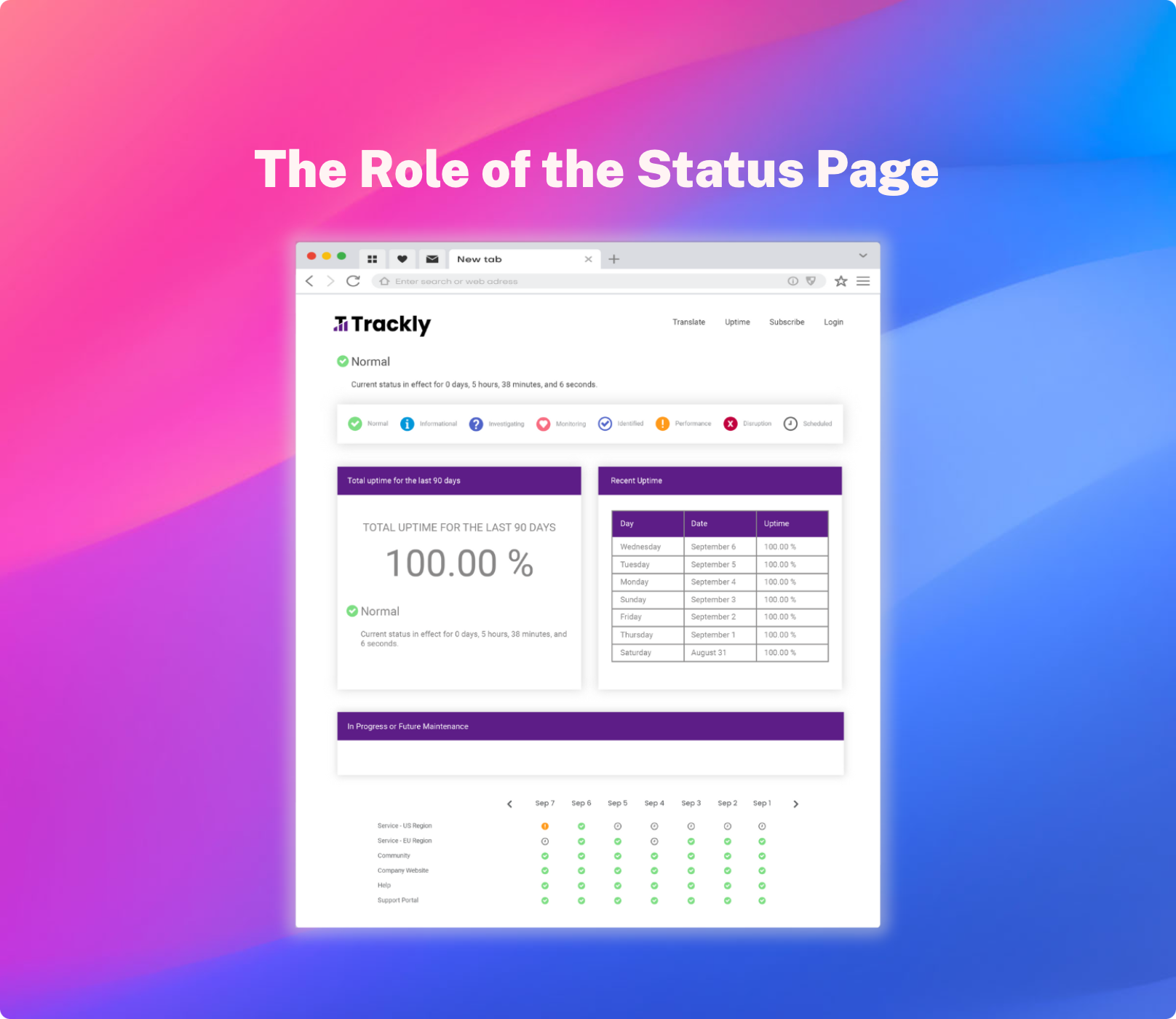Why Integrate Your Hosted Status Pages with Your Application Performance Management System?
The StatusCast team has worked in the SaaS world for over a decade and as a result, we understand that this kind of unfiltered, real-time updating is not appropriate for every hosted application. StatusCast has been designed to accommodate rules-based automation (informed by APM data) and manual communication (i.e. no message goes out automatically), in addition to unfiltered, real-time updates.
Why Integrate Your Hosted Status Pages with Communication Tools?
Customers respect and appreciate a business that is transparent, accountable, and dedicated to making things more convenient for its customers. This makes the business seem more like a proud provider of genuine value than another off-putting example of the stereotype of the exploitative used car salesman.
But Why “Integrate” Hosted Status Pages?
“Integrate” does not mean “use simultaneously”; it’s more than that. Integrating your hosted status pages with other software tools allows you to do two things:
1) easily pass information between systems, so you don’t have to copy + paste or worse: recreate from scratch
2) automate, so you only have to set something up once and can trust it to function as designed every subsequent time
The difference between non-integrated and integrated systems is like the difference between mailing a check for your phone or utility bill on time every month vs. setting up an account with auto-payment or one-click payment that can be confirmed, scheduled, and/or updated from any device.
Read more about hosted status pages and hosted status page integrations.





